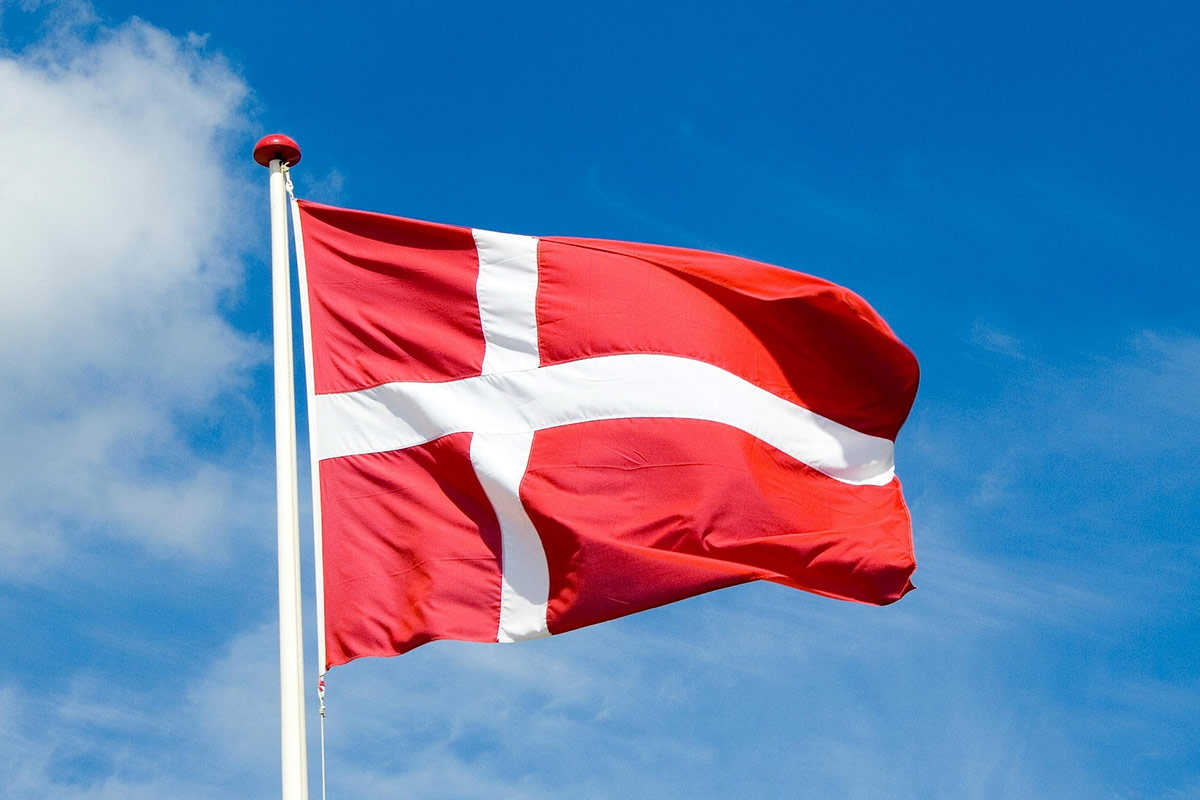News
New Danish Energy Agreement: good deal and clear visibility for wind industry

3 July 2018
Last Friday the Danish government and parliament reached an agreement on a new long-term energy policy that will run to 2030.
The Energy Agreement will get Denmark to 55% of renewable energy by 2030. This means all of its electricity and heating needs will be generated by renewables.
The deal includes new commitments for the build-out of offshore wind. Three new offshore wind farms with a capacity of at least 2.4 GW will be built in the next decade. The first of those offshore wind farms will be tendered in 2019-2020 and commissioned between 2024 and 2027.
Future onshore wind deployment in Denmark will be supported through auctions. The government plans to reduce the number of wind turbines from 4300 to 1850. This means that onshore wind in Denmark is becoming a repowering market where old turbines are replaced by state of the art models. While the detail on how to do this is still missing, it is clear that wind energy generation in 2030 will be larger than it is today.
WindEurope Head of Advocacy & Messaging Joël Meggelaars said: “We very much welcome the long-term outlook Danish politics is giving to our industry. It really helps the industry to plan. And it sends the right signals to support investments in the supply chain. It will help to sustain the jobs and economic benefits the wind industry creates in Denmark.
It’s good to see that 2.4 GW will be added to Denmark’s growing offshore wind capacity. This is only a floor as two out of the three projects could become larger, potentially bringing the offshore volume to 3 GW. But we would have liked to see some of that ambition being frontloaded. Denmark’s offshore build-out comes to a halt in 2021. And in 2024 at the earliest the supply chain can get back to work.
When it comes to onshore wind it’s very good that Denmark will put in place a repowering strategy. With that it’s one of the first EU countries that introduces a comprehensive policy for replacing old turbines. There will be fewer turbines. But new technology will ensure that wind’s share in the electricity mix will continue to increase.
Last but not least, the Energy Agreement includes measures to reduce taxes on electricity. While the changes are small and only a first step, we very much welcome this direction. In many countries electricity is taxed much higher than natural gas. We will not see major progress on electrification in industry, heating and transport if countries do not commit to a robust tax shift.”

